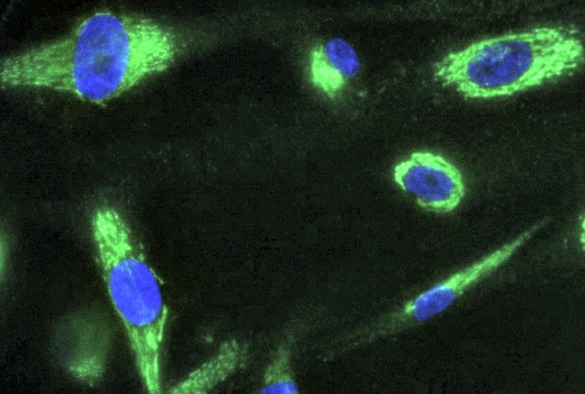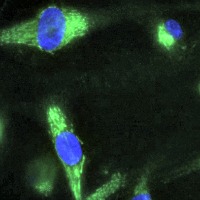
Trabecular meshwork.
Researchers from the University’s Institute of Ageing and Chronic Disease have been awarded a pump-priming grant to help develop a stem cell therapy for glaucoma.
Dr Carl Sheridan and Professor Colin Willoughby from the Institute’s Department of Eye and Vision Science have been awarded the funds from the UK and Eire Glaucoma Society and International Glaucoma Association.
These type of grants are available to fund initial research which should ideally lead to further research.
The eye maintains a constant pressure, the intraocular pressure (IOP), by continuously producing fluid (called aqueous humour) while an equal amount of the fluid drains out of the eye through what is known as the trabecular meshwork.
Therapeutic potential
Unfortunately, with age there is a progressive loss of trabecular meshwork cells from the outflow pathway which is even more severe with patients with glaucoma.
The resulting increase in pressure in the eye due to poor drainage can result in irreversible damage to the retina causing blindness. Replacing these lost trabecular meshwork cells may therefore have a therapeutic potential and we know adult stem cells have the potential to repopulate the outflow pathway.
Currently, the biology of how these cells can repopulate the outflow pathway is poorly understood.
State-of-the-art
As part of the research genetic information will be extracted from these cells and sequenced using high throughput sequencing. These state-of-the-art technologies will allow us to examine the changes in all genes in the cells (20,000 plus genes) in one experiment.
The researchers will also perform single cell sequencing of individual cells to understand which genes are active and how these genes are controlled.
Sophisticated computer analysis will be performed and the highlighted genes and pathways assessed and validated with further targeted experiments.
New treatments
Professor Colin Willoughby, said: “The aim of our research is to identify and examine the capacity of these stem cells to repopulate and function in the outflow pathway with a view of developing new treatment strategies for glaucoma. This could be achieved by either direct delivery of donor stem cells or activation of the patients own stem cells.
“There is growing evidence that donor stem cells can be delivered to the human outflow pathway and improve aqueous drainage. Our studies will fine tune delivery to the outflow pathway and further our understanding of the factors required to achieve this.
“Current laser therapies used to lower IOP maybe by the indirect effect of awakening local stem cells and improving the functioning of the outflow system. Therefore, a second therapeutic approach would be to specifically activate these stem cells in the patient’s eye as a treatment to improve outflow.
“Therefore, we wish to dissect the molecular mechanisms controlling trabecular meshwork stem cells as a first step to translate these approaches into the clinical arena.”
